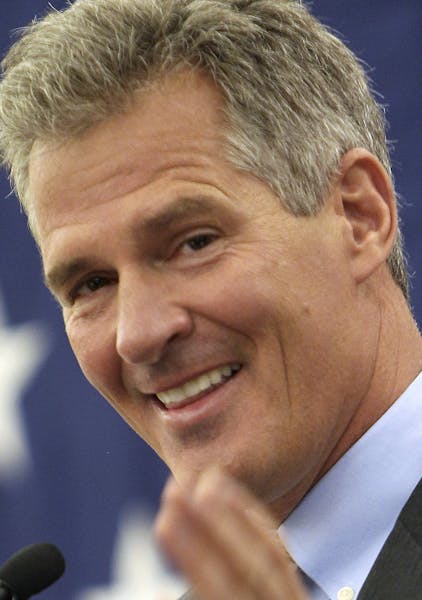WASHINGTON - Faced with a strong prospect of losing control of the Senate in November, Democrats have begun a high-stakes effort to try to overcome one of their party's big weaknesses: voters who don't show up for midterm elections.
The party's Senate campaign committee plans to spend $60 million to boost turnout. That's nine times what it spent in the last midterm election, in 2010.
The Democratic National Committee has begun to make the sophisticated data analysis tools developed to target voters in the 2012 presidential campaign available to all the party's candidates.
And from President Obama on down, influential Democrats have hammered away at the need for candidates to start now to work on reducing the number of so-called drop-off voters.
"During presidential elections, young people vote; women are more likely to vote; blacks, Hispanics more likely to vote," Obama said at a recent fundraiser for congressional campaigns. But when the presidency is not at stake, those Democratic-leaning groups tend to stay home, he said.
"We do pretty well in presidential elections," he said. "But in midterms we get clobbered."
Another clobbering may be on the way. Both the map and voters' mood favor Republicans.
By the luck of the draw for the GOP, most of the competitive Senate elections in 2014 take place in Republican-leaning states, including Alaska, Montana, Louisiana and Arkansas. At least eight Democratic incumbents face difficult races, giving the GOP several options to win the six seats they need to gain the majority.
Because of the states up for grabs this year, "we're playing defense, they're playing offense," said Joel Benenson, Obama's chief pollster.
Moreover, anger at the party in power has proved a powerful motivating force to get people to the polls. With Obama in the White House and his signature health care law a rallying point for conservatives, Republicans can count on their core voters showing up. A recent NBC/Wall St. Journal poll found Republicans significantly more likely than Democrats to express high interest in the fall election.
"Disgruntled voters turn out at a somewhat higher rate than what I like to call the gruntled voters," said Alan Abramowitz, an Emory University political scientist.
"So you've got that factor, which normally works against the president's party, compounded by the fact that in off-year elections Republican voters seem to be more reliable about turning out than Democratic-base voters, especially the younger ones," Abramowitz said.
The debate over the health care law shows how intensity of voter interest can affect turnout. Polls have found that a majority of voters oppose the GOP call for outright repeal of the law. But many surveys also show that the law's opponents care more deeply about the issue than do supporters. That gives Republicans an edge.
Democrats need to change that dynamic or come up with some galvanizing issue of their own if they are to keep the Senate.
"Obamacare is a motivating issue for their base," Benenson said. But, he asserted, "it also plays into their biggest weakness," which is that "voters see the Republicans as obsessed" with the subject.
Democratic candidates and strategists remain divided on how to do that. They also differ on which issues might fire up their voters.
Most party strategists tell candidates to focus on such economic issues as increasing the minimum wage. But Democrats disagree on how populist an image to present.

Jill Biden rallies women, teachers for the Biden-Harris ticket in Bloomington speeches

